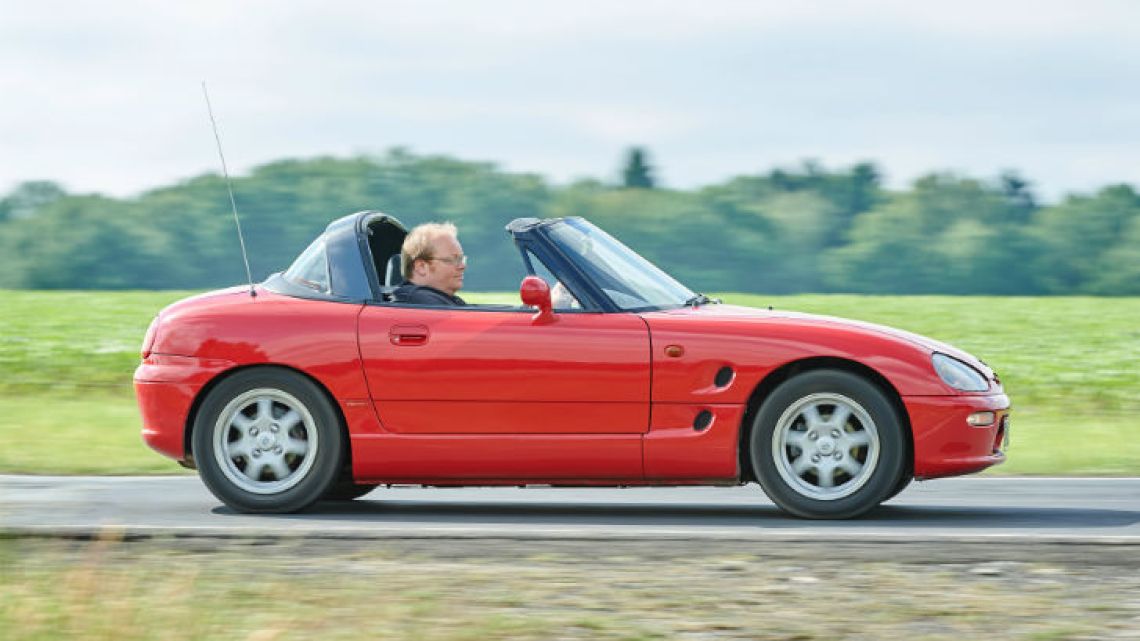

It has more power, slightly more comfortable accommodations, and it looks great. The Honda has a racier soundtrack, and a tighter shifter but the Suzuki is the more complete sports car. The lightest cars you can buy new in 2018 still outweigh these little sprites by 500 pounds. They are more curiosity pieces, representative of a time in Japan when “small but mighty” was anything but oxymoronic.ĬS: Both of these cars offer a truly unique driving experience. I doubt either car will ever be a true collectible - the few models that appear online sell for less than $10,000. They are designed and function best for inner-city use, ideally suited to the cut and thrust of downtown congestion - as long as they don’t get steamrollered by some two-ton SUV. Still, you hit the nail on the head neither of these cars are practical. The other point is that the Cappuccino’s admittedly more complicated removable roof panels allow it to function as a hardtop, a targa top or as a convertible. Given the equal power ratings and raucous performance, I choose the Suzuki’s more rounded, organic styling to the Honda’s slab-sided profile. Article content Both cars fit into Japans smallest and lightest tax bracket for cars.īH: There was never any doubt in my mind, Clayton.

This advertisement has not loaded yet, but your article continues below. The truth is, nothing on the roads today drives like these pint-sized sports cars and both will easily put a smile on your face. Once you’ve wriggled yourself in behind the steering wheel, you won’t want to leave for a very long time. The Suzuki has a larger trunk and feels a bit more spacious inside, but these are also both cars that you fall into and crawl out of.

Both are dubiously practical and the Honda even moreso than the Suzuki open the Honda’s rear trunk (there is no front trunk) and you can fit little more than a two-litre bottle of soda and a toothbrush. Sure, both these cars shriek their little heads off at 110 km/h down the highway, but that’s not really what they’re about.
Suzuki cappuccino vs miata manual#
Remember, both of these cars are more than 25 years old.ĬS: When it comes to manual shifters, it’s hard to beat an old-school Honda. I will acknowledge the Beat’s tighter five-speed manual, though - the Suzuki needed a little more finesse, especially the first-to-second shift, but that could just be condition. Once the Cappuccino’s turbo kicks in, it just takes off. And, oh my, can you ever rev the snot out of both of these Lilliputian rockets. As to how the Cappuccino can come close, let me remind you of the sweet zing of the engine’s turbocharger.

Here are 10 adorable cars with happy facesīH: How can the Beat be more racy if both cars put out the same 63 horsepower? That’s just it, isn’t it? Sixty-three horses is the “official” rating I suspect both Honda and Suzuki were conservative in their reporting.Every day is O-Kei in the Autozam AZ-1 microcar.It’s a joy! How could the driving of the Cappuccino even come close? More On This Topic It uses individual throttle bodies and pure revs to make the power it does - and sounds like one-quarter of a V12 while doing it! From behind the wheel, the Beat is the raciest of the two, and you can hear all the delightfully mechanical noises of combustion and gearing just behind your head. Unlike the Suzuki, the Honda stashes its engine amidship just behind the seats, and its three-cylinder engine didn’t even need a turbo to reach the 63-horsepwoer cap. Article contentīut my heart beats quicker for the Honda Beat.


 0 kommentar(er)
0 kommentar(er)
